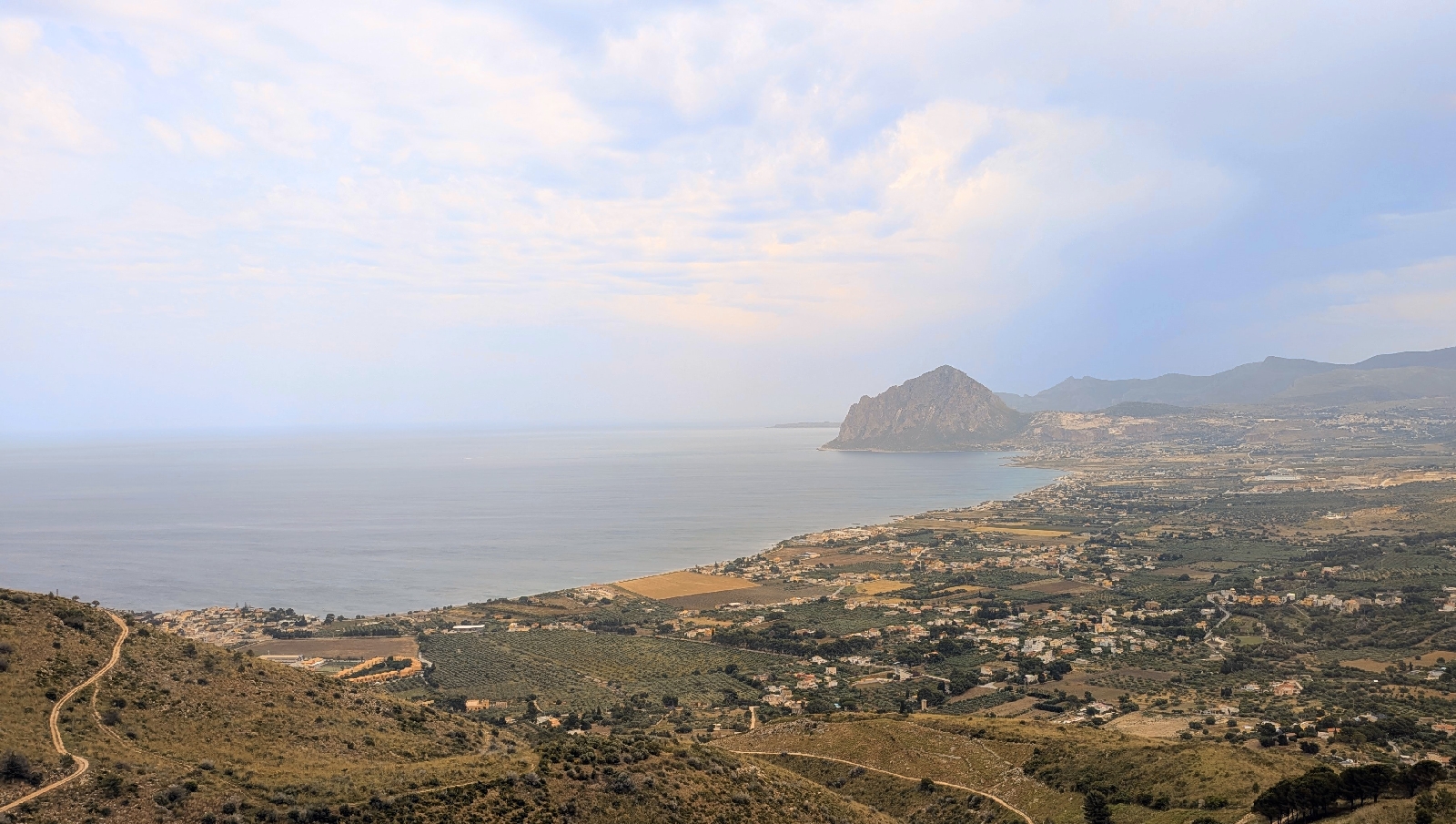Exploring Jaipur. Is the city really pink?
Saturday, January 13
The owner of one shop yelled "no pictures" when I snapped this stunning fabric, so I moved along quickly before he made me delete it. Mary loves peacock designs, India's national bird.
Jaipur, we were told, is known as The Pink City for the color of many of the walls in the old city. But the walls of the palace and other royal buildings are yellow, because yellow is considered a royal color in Indian tradition.
Many of the other buildings were painted a terracotta color for a visit from the Prince of Wales last century. So it's not really a pink city, but in certain light the terracotta can look pink. Judge for yourself from this city gate.
This first, outside gate to the city was for commoners. After that comes a yellow gate for the royals and ministers to get into the palace. There's still a royal family of Jaipur, but the 25-year-old maharaja is called the ex-maharaja because India is now a democracy, not a monarchy.
Streetside vendors sell seeds for people to give to the birds - mostly pigeons - which will bring them good karma.
Our tour guide Ana for the walking tour of the Old City explained the cycle of karma. First, people eat the edible grains, but the ones they can't eat, they feed to the birds. Then they grind them up to make cakes to feed to the fish. And then there's something they also feed to cows, but Ana and Mary were moving and I missed taking notes - had to run to catch up.
Note the yellow palace gate.
We were treated to more Indian food tasting on this excursion. First up: fried chiles and potatoes from a shop that's been in the same location for 180 years.
Next: the 175-year-old ice cream shop.
This is pistachio and saffron kulfi, thicker than our ice cream. Yum!
I missed the names of these various sweet treats.
We tried a bit of jaggery, a refined sugar candy that's heated to a high temperature so all impurities will be removed.
Ana knew we were in Jaipur for our niece's wedding, so he showed us some of the shops for wedding necessities. He stopped at a very small stationery shop to show us a traditional Indian wedding invitation, and how to tell whether the bride's family or the groom's family sent it.
A bit farther down the road, we stopped to choose a few colorful bangles to wear with my outfits for the wedding events, the way the Indian ladies do. With Ana's translations, we learned a lot about lacquer bangles. The shopkeeper's family had been making bangles for hundreds of years and claimed to make them for the current princess of Jaipur.
I chose a few sparkly sets of 4 bangles each, but the purple ones were too tight. We watched while the bangle maker heated them and stretched the lacquer to fit, while Ana translated what he told us.
More food! We tried milk cake and walnut cake. Both are made from mawa, essentially milk cooked in a round can until it becomes nearly solid. It looks like a soft cheese and is very sweet and delicious. This is the milk cake, with a caramelized center.
We also tried lassi, a delicious yogurt and sugar mixture that people drink cold from clay cups. These are one-time use cups which are tossed, then recycled into new clay cups.
A few times on our travels through the Jaipur markets, Ana told us we were going to cross the road. Whaaat? The road-crossing method for tourists is to follow a confident native of India (like Ana, or Archandra back in Old Delhi) very closely as the guide gestures towards the oncoming drivers of tuk tuks cars or motorcycles not to run us down. Then he edges forward into the next oncoming vehicle's path and pulls the same maneuver. Our job was to stay next to him as we advanced from "lane" to lane. That was a challenge, especially when a motorcycle flew around the corner the wrong way into the empty lane we were just entering (thinking we had made it) and we ended up plastered against a sort of Jersey barrier (see below). This appears to be the accepted procedure for crossing a busy roundabout.
Wedding shops were interspersed with shops selling other goods. As we started to see the grooms' costumes we realized that the wedding - the whole purpose of our trip to India - would start in only two days.
Ana led us through the wedding clothes market. The stalls were overflowing with stunningly beautiful fabrics, and lots of mothers and daughters shopping for the many dresses the bride would wear to her wedding events.
Walking past the Palace of the Winds (more on this later), we made it back to the pigeon food area outside the palace gates to meet our driver Pradeep for a lift home.
Stay tuned for more adventures in Jaipur.
- Christine




















Comments
Post a Comment